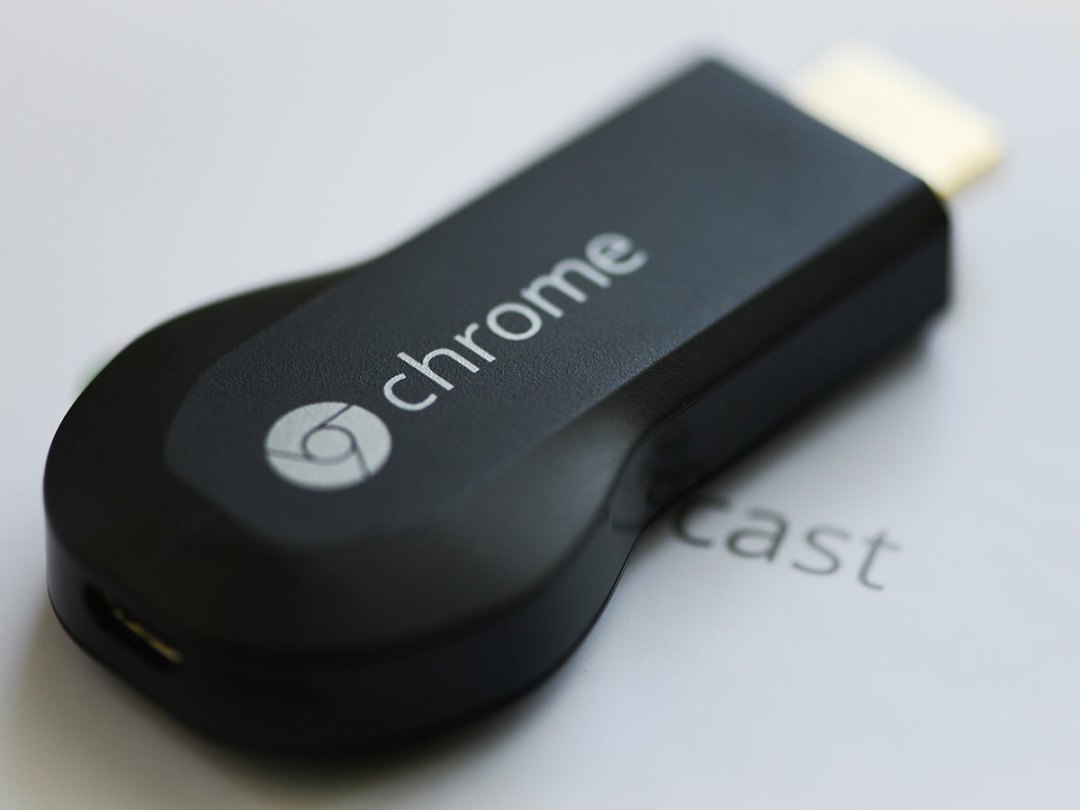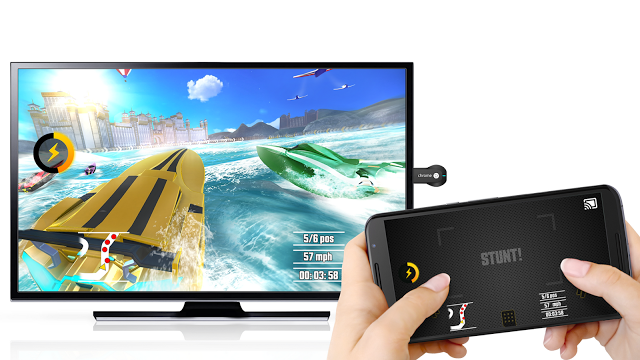Google Cast gets even more game-friendly
Updates to Cast software bring a touch of the console to Google's streaming platform

The latest set of updates for Google’s Cast streaming system look set to making Android gaming and video playback more viable than ever before.
Google has announced three sets of API updates for Cast which will expand its functionality enough to begin treading on the toes of other living room entertainment systems.
At the moment, anyone with an Android phone can send their screen to a Cast-enabled device, but Google will soon be giving developers a host of new tools to play with.

First up is the Remote Display API, which will allow developers to cast content from a mobile device without having to simply mirror the content on both sender and receiver screens. In essence, this frees up the mobile screen to be used however the developer wishes, while still projecting an image rendered in phone on the Cast receiver. On the Wii U controller, which already has analogue sticks and buttons, this is a welcome, if sometimes redundant addition, whereas the free space for custom UI elements on a phone screen could make all the difference to how you play.
Next up is autoplay and queuing. Cast can now handle media queues using a fresh pair of APIs which could potentially be integrated with any number of streaming apps and services. Users will be able to skip items, reorder the queue and jump tracks but, most importantly, it will allow for pre-buffering of the next item, saving on those tiresome load itmes.
Finally comes the Game Manager API, which makes it easier for developers to create multiplayer experiences. The API will make synchonising game states easier and opens up possibliites for managing individual players. Whilst it’s already possible for multiple people to whip out their phones and play games on the TV, this change should open up the environment to more devlopers and increase the diversity of the Cast gaming ecosystem.
The API changes will be rolling out in the next few days, but don’t expect to see any visible changes until third party software developers begin making use of the new toolset.
[Source: Google]



